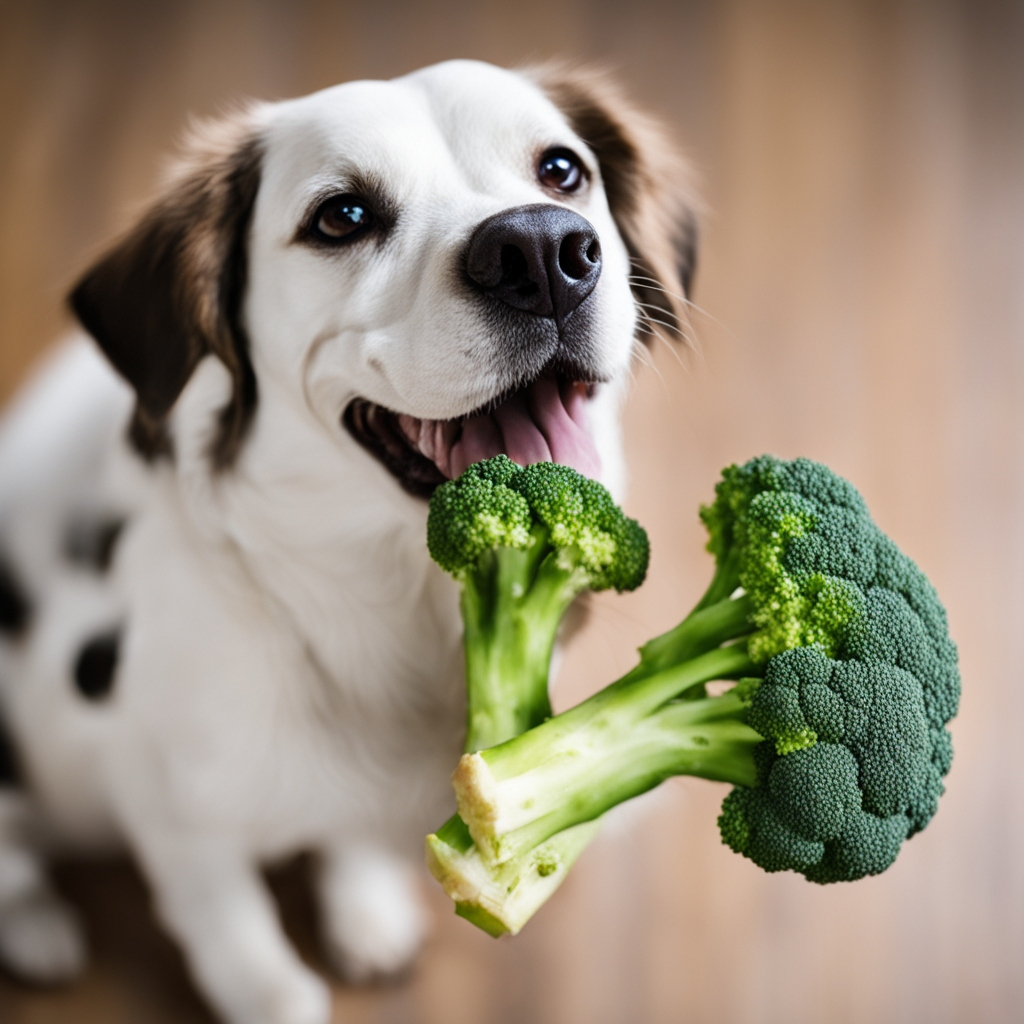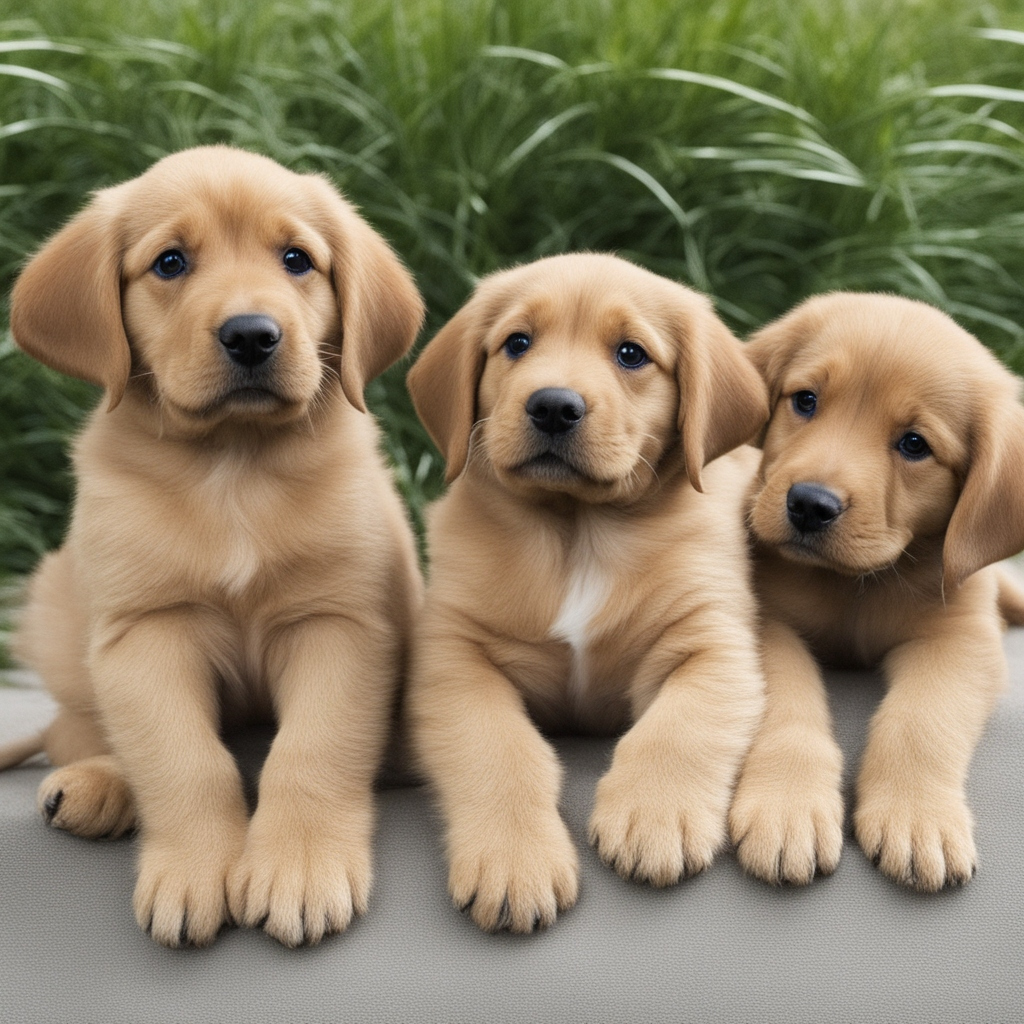
Indoor cats have different needs than outdoor roamers. They move less, drink less, and rely on you to control calories, moisture, and routine. So the classic question Wet vs Dry Cat Food matters even more inside the home. The short answer is simple: both wet and dry can be healthy when the food is complete and balanced for your cat’s life stage and you feed the right amount. However, indoor cats often benefit from including wet food for hydration and satiety, while dry food can add convenience and enrichment. This guide explains how to pick the best fit for your cat and your schedule.
In this Wet vs Dry Cat Food comparison, the right choice depends on life stage, calories, and moisture needs.
Both can work. When a product carries a clear “complete and balanced” statement for the correct life stage, it can provide full nutrition whether it’s cans, pouches, or kibble. What tips the scale for many indoor cats is moisture and calorie control. Wet food offers far more water and usually fewer calories per gram, which supports hydration and weight maintenance. Dry food is easy to use, shelf‑stable, and budget‑friendly. Many vets recommend a mixed approach some wet, some dry so your cat gets moisture and variety without losing convenience.
Before choosing between Wet vs Dry Cat Food, use the label to compare calories, life stage, and balance.
Start with the label before you compare Wet vs Dry Cat Food lines:
Tip: Keep photos of labels in your phone. You’ll compare calories fast the next time you shop.
Your Wet vs Dry Cat Food decision directly affects daily moisture intake and urine volume.
Domestic cats evolved from desert‑dwelling hunters. Many do not drink enough water, particularly when living indoors. Wet food usually contains 70–80% moisture, which boosts daily water intake with every meal. For cats prone to urinary crystals, constipation, or kidney issues especially neutered males wet meals help increase urine volume and support bladder health. Dry food, by contrast, averages around 8–12% moisture, so cats must drink more on their own. Some do, many don’t.
Hydration helpers for dry‑leaning diets
When weighing Wet vs Dry Cat Food, consider calorie density and satiety for indoor lifestyles.
Indoor cats burn fewer calories. As a result, calorie density matters. Dry foods are typically more energy‑dense than wet foods, so the same volume can deliver more calories. That does not make dry “bad,” but it means portion errors show up fast on the scale. Wet food’s higher moisture can increase fullness at a lower calorie load, which can help weight control.
Practical tips
Some owners pick Wet vs Dry Cat Food based on dental claims, but brushing remains essential.
You may hear that “kibble cleans teeth.” In reality, most regular dry diets do not scrub plaque because many cats crunch once or swallow pieces whole. Dental benefits are linked to specific dental formulas or VOHC‑accepted products designed to reduce plaque and tartar. Regardless of wet or dry, plaque forms daily. For best results, combine tooth‑brushing, VOHC‑accepted treats or diets, and regular veterinary cleanings.
Dental checklist
Budget and routine also shape your Wet vs Dry Cat Food plan at home.
Dry food usually costs less per calorie, is easy to measure, and stores well in airtight containers. It can work nicely in puzzle feeders for enrichment. However, free‑feeding encourages mindless snacking and weight gain.
Wet food costs more per calorie and requires refrigeration after opening, yet it delivers built‑in moisture and strong aroma useful for picky eaters or cats needing extra hydration. Discard leftovers left out for more than a couple of hours.
Storage tips
Use these templates to fit your Wet vs Dry Cat Food choices to real life.
Pick the plan that matches your cat’s health, appetite, and your routine. Always tailor quantities to your cat’s calorie target and body condition.
This plan emphasizes Wet vs Dry Cat Food benefits for hydration and satiety.
Here your Wet vs Dry Cat Food balance leans toward measured kibble with a wet topper.
Many families find Wet vs Dry Cat Food harmony with one wet meal and one dry meal.
Unsure which plan fits? Ask your vet to set a daily calorie target and suggest a wet‑to‑dry ratio based on your cat’s age, body condition, and medical history.
Accurate portions make any Wet vs Dry Cat Food plan work for indoor cats.
A 10‑pound lean adult cat may need roughly 200–280 kcal/day, depending on age and activity. Check your label’s kcal per can or kcal per cup and measure accordingly. Swap volume scoops for grams to reduce overfeeding.
Daily routine that works
Transition slowly when moving between Wet vs Dry Cat Food formats or brands.
Switching between cat food dry vs wet, brands, or flavors is simple if you go slowly:
Days 1–2: 25% new, 75% old
Days 3–4: 50% new, 50% old
Days 5–6: 75% new, 25% old
Day 7+: 100% new
Add a teaspoon of warm water to enhance aroma. If you see vomiting, diarrhea, or refusal to eat, return to the prior step for a few days and call your vet if signs persist.
Packaging and protein sourcing can sway your Wet vs Dry Cat Food decision.
Production methods matter. Generally, wet foods use more packaging and may carry a higher carbon footprint than dry. Meanwhile, some brands use sustainably sourced proteins, recyclable cans, or insect‑based formulas. If sustainability is important to you, compare brands’ sourcing and packaging policies, and consider how much food your cat truly needs.
1) Is wet or dry food better for cats with urinary problems? (Wet vs Dry Cat Food context)
For many urinary‑prone cats, wet meals help by increasing total water intake and urine volume. Your vet may also recommend special urinary formulas. Always follow medical advice first.
2) Is wet food or dry food better for cats that need to lose weight? (Wet vs Dry Cat Food)
Wet diets can help some cats feel fuller on fewer calories. Nevertheless, any safe weight‑loss plan depends on accurate portions, scheduled meals, and your vet’s calorie goal.
3) Is dry or wet food best for kittens?
Kittens need growth formulas and frequent meals. Many experts suggest exposing kittens to both textures early so they accept either in adulthood. Always choose complete foods labeled for growth or all life stages.
4) Can I leave wet food out all day?
No. Wet food is perishable. Offer measured portions and refrigerate the rest. Discard any uneaten wet food after a couple of hours at room temperature.
5) Does dry food clean my cat’s teeth?
Not generally. Dental benefits come from specific veterinary dental diets and VOHC‑accepted products. Brushing and professional cleanings remain the gold standard.
You do not have to pick a single “winner” in Wet vs Dry Cat Food. Choose complete and balanced products that fit your cat’s life stage, measure portions by calories, and prioritize moisture for indoor cats. For many families, mixed feeding delivers hydration, variety, and ease. Combine smart nutrition with play, scratching posts, and puzzle feeders, and your indoor cat will get the health and the enrichment they deserve.

Passionate pet lover sharing trusted tips on dog, cat and other pets care, health, and lifestyle.


